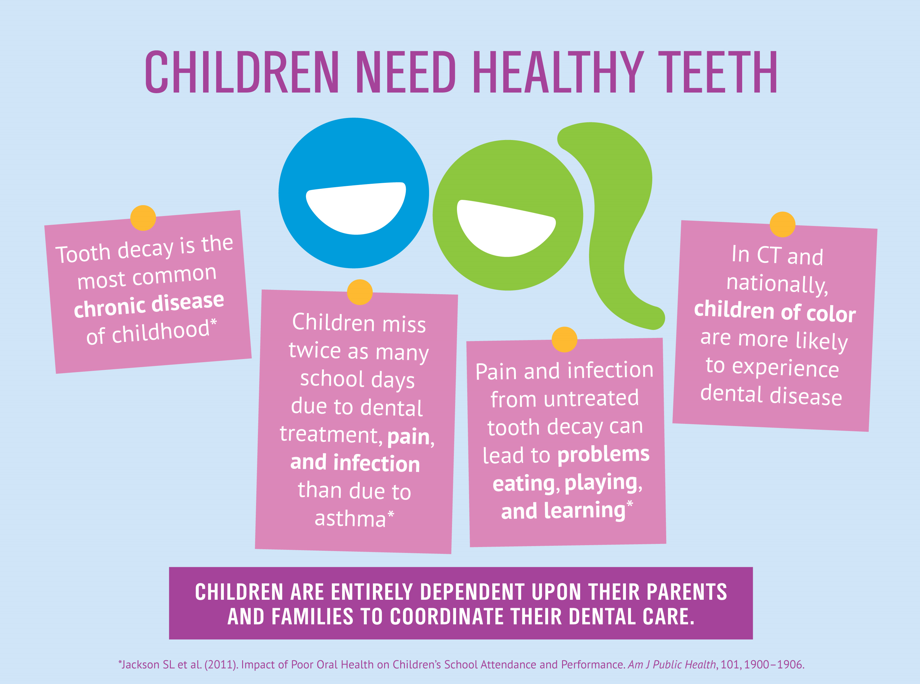The Innovation Of Dental Surgery: Introducing Innovations And Progresses Defining The Field
The Innovation Of Dental Surgery: Introducing Innovations And Progresses Defining The Field
Blog Article
Web Content Written By-Johannsen Jefferson
Welcome to the globe of oral surgery, where developments and advancements are shaping the future of the area! In this amazing world, you'll witness the transformative power of robotics, the sophisticated wonder of 3D printing, and the game-changing impact of minimally invasive techniques.
https://www.popsugar.com/beauty/pros-cons-invisalign-36735565 of dental surgery holds an assurance of accuracy, efficiency, and improved client end results. With the help of advanced robotics, surgeons are able to execute complex procedures with greater precision and control.
3D printing technology is reinventing the development of dental implants and prosthetics, supplying tailored remedies that fit effortlessly into each client's special makeup.
Furthermore, minimally invasive techniques are decreasing post-operative pain and recuperation time, permitting people to go back to their every day lives earlier.
Get teeth restoration to check out the amazing technologies and developments that are improving the landscape of oral surgery!
Improvements in Robotics
One significant development in oral surgery is making use of robot technology, which enables exact and effective procedures. With the help of robot systems, oral cosmetic surgeons have the capability to do complicated surgeries with improved precision, decreasing the threat of human mistake.
These robotic systems are equipped with innovative imaging innovation and accurate instruments that make it possible for specialists to navigate via intricate physiological structures with ease. By utilizing robot innovation, cosmetic surgeons can attain better medical precision, leading to enhanced patient outcomes and faster healing times.
Furthermore, the use of robotics in dental surgery permits minimally intrusive treatments, reducing the trauma to surrounding cells and promoting faster healing.
3D Printing in Oral Surgery
To enhance the field of oral surgery, you can explore the subtopic of 3D printing in oral surgery. This innovative innovation has the potential to change the means dental cosmetic surgeons run and treat individuals. Here are 4 vital ways in which 3D printing is forming the field:
- ** Customized Surgical Guides **: 3D printing enables the production of very accurate and patient-specific medical overviews, boosting the precision and effectiveness of procedures.
- ** Implant Prosthetics **: With 3D printing, oral specialists can produce tailored implant prosthetics that completely fit a patient's distinct anatomy, resulting in much better outcomes and client complete satisfaction.
- ** Bone Grafting **: 3D printing allows the manufacturing of patient-specific bone grafts, lowering the demand for conventional grafting methods and enhancing recovery and healing time.
- ** Education and Educating **: 3D printing can be made use of to produce sensible medical versions for educational functions, allowing dental surgeons to exercise intricate treatments before executing them on people.
With its potential to improve accuracy, modification, and training, 3D printing is an interesting development in the field of dental surgery.
Minimally Invasive Techniques
To better advance the area of dental surgery, welcome the potential of minimally invasive strategies that can greatly profit both specialists and patients alike.
Minimally invasive methods are reinventing the field by minimizing surgical trauma, reducing post-operative pain, and increasing the recuperation process. These methods include utilizing smaller cuts and specialized tools to carry out treatments with accuracy and effectiveness.
By utilizing sophisticated imaging innovation, such as cone light beam calculated tomography (CBCT), surgeons can properly plan and implement surgeries with very little invasiveness.
In addition, making use of lasers in dental surgery allows for exact cells cutting and coagulation, resulting in minimized blood loss and minimized recovery time.
With minimally invasive techniques, clients can experience faster recuperation, reduced scarring, and improved end results, making it an important facet of the future of oral surgery.
Conclusion
So, as you can see, the future of oral surgery is extremely promising, with amazing innovations and advancements forming the field.
From the improvements in robotics to making use of 3D printing and minimally invasive techniques, dental surgeons are changing the way they offer treatment.
While some might stress over the potential price connected with these innovations, it is very important to keep in mind that these innovations eventually boost client results and decrease healing time, making them well worth the investment in the future.
